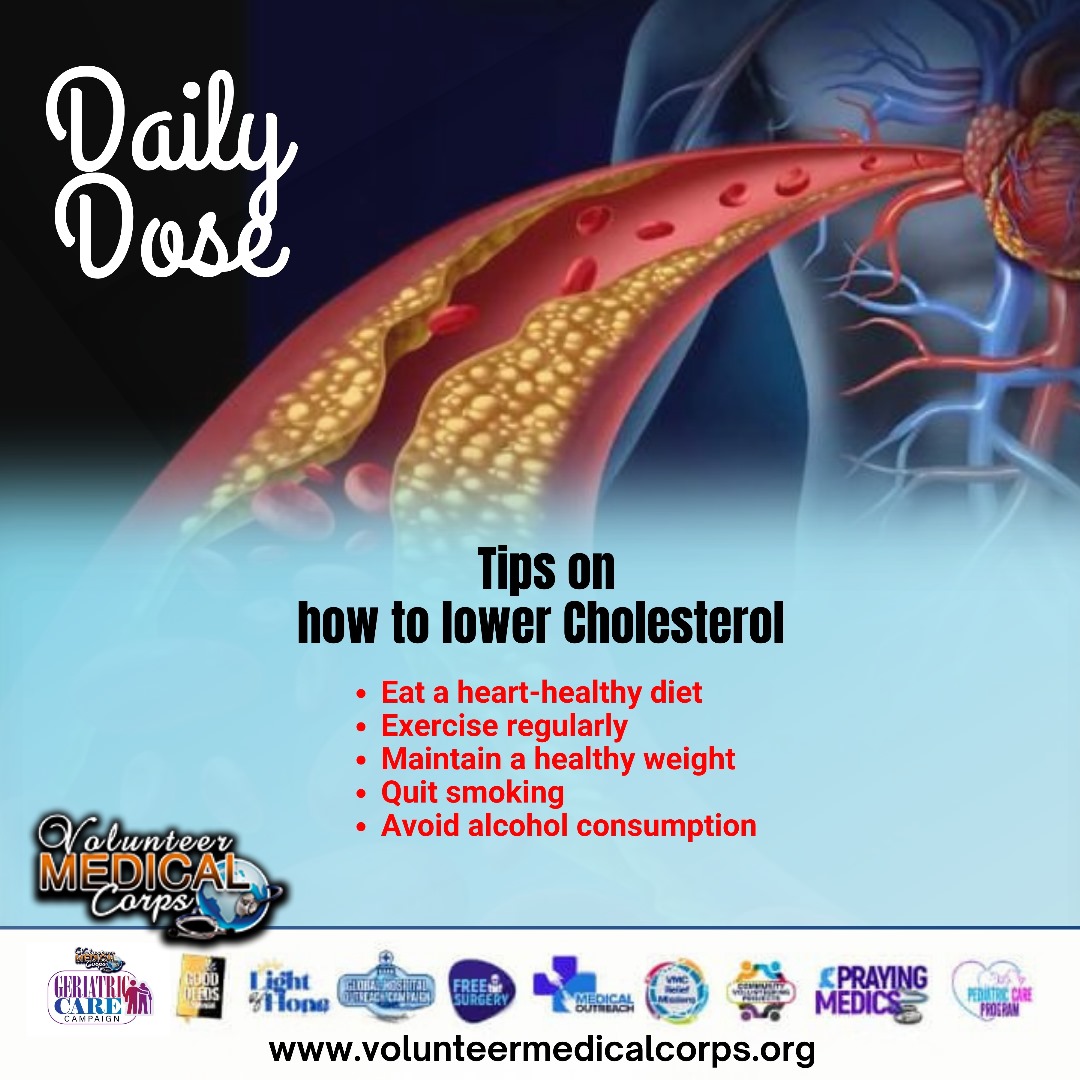
Are you tired of living with high cholesterol? Do you want to reduce your risk of heart disease and stroke? You're in the right place! Lowering cholesterol levels is easier than you think, and we've got the ultimate guide to help you get started.
Before we dive into the tips, let's cover the basics. Cholesterol is a type of fat found in your blood, and it's essential for various bodily functions such as building cells, production of vitamins and other hormones. However, studies have indicated that high levels of low-density lipoprotein (LDL) cholesterol, also known as "bad" cholesterol, contribute to elevated risks of heart disease and stroke.
1. Eat a Heart-Healthy Diet: Focus on whole, unprocessed foods like fruits, vegetables, whole grains, lean proteins, and healthy fats in moderate quantities. Some top choices include:
• Oatmeal, Bran, with avocado and nuts for breakfast
• Grilled mackerel with steamed vegetables and sweet potatoes for lunch
• Beans and whole-grain bread for dinner
• Avoid Trans fats, sometimes listed on food labels as "partially hydrogenated vegetable oil," which are often used in margarines and store-bought cookies, crackers and cakes. Trans fats raise overall cholesterol levels.
2. Exercise Regularly: Aim for at least 150 minutes of moderate-intensity exercise or 75 minutes of vigorous-intensity exercise per week. You can also incorporate strength training, high-intensity interval training (HIIT), and other forms of physical activity to keep things interesting such as dancing, hiking, aerobics etc.
3. Maintain a Healthy Weight: Excess weight, particularly around the waistline, can increase cholesterol levels. Aim for a body mass index (BMI) between 18.5 and 24.9. The weight for age of children should also be taken into consideration to make sure they are not overweight or obese for their age.
4. Quit Smoking: Smoking is a significant risk factor for heart disease, and quitting can help lower cholesterol levels. Seek support from friends, family, or a professional if needed. Do your best to also avoid exposure to secondary smoke as well.
5. Limit Alcohol Consumption: Excessive alcohol consumption can raise triglyceride levels, and alcoholic drinks contain calories and excessive consumption contributes to organ damage particularly the liver and the brain.
1. Plant based Sterols and Stanols, plant based oils (non-GMO) like olive oil.
2. Psyllium: This soluble fiber supplement can help lower LDL cholesterol and triglycerides.
3. Omega-3 Fatty Acids: Found in fatty fish like mackerel and salmon, as well as in flaxseeds and walnuts, these healthy fats can help lower triglycerides.
4. Whey Protein
5. Soy beans, tofu, soy milk,
6. Eggplant, okra, spinach, leafy vegetables: low-calorie vegetables are good sources of soluble fiber.
7. Apples, grapes, strawberries, citrus fruits like oranges, nectarines, tangerines are all rich in vitamins, and pectin, a type of soluble fiber that lowers LDL.
8. Oats, Barley, Bran, and other whole grains: these foods can help lower the risk of heart disease, mainly via the soluble fiber they deliver.
• Monitor Your Progress: Regularly check your cholesterol levels and work with your healthcare provider to adjust your treatment plan as needed if you are presently on medications.
Lowering cholesterol levels requires patience, persistence, and a commitment to healthy living. By incorporating these tips into your daily routine, you can reduce your risk of heart disease and maintain a healthy heart. Remember to consult with your healthcare provider before starting any new supplements or making significant changes to your diet or exercise routine.
Take control of your heart health today!
Admin